Both BRC 20 and DRC 20 are now known as the preferred choice of developers, giving them access to a vast array of decentralized applications and tokens.
Introduction
Exploring Bitcoin has surely been a topic of interest. An enormous rise in Bitcoin network activity was caused by the release of BRC-20 tokens. Then, to get around the challenges associated with BRC-20, a new token named DRC-20 entered the market.
These tokens grabbed a lot of attention as soon as they were introduced. However, there are a few aspects that set DRC-20 apart from BRC-20. What are those traits? Let’s explore.
BRC 20: What is it?
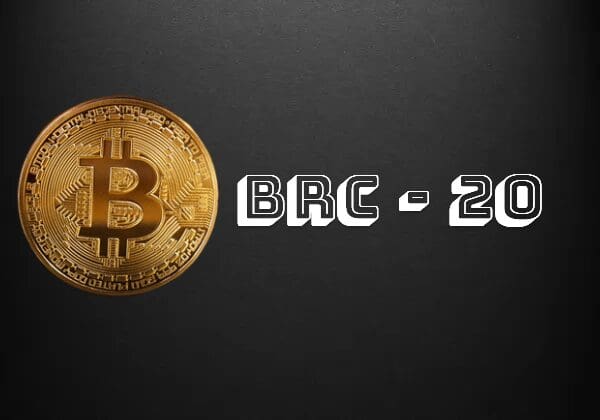
The BRC-20 tokens were introduced in March 2023 by a programmer portrayed as Domo. The objective was to make minting fungible tokens on Bitcoin a success. The first BRC-20 token to be released was Ordi.
In fact, a number of new BRC-20 tokens were released in the cryptocurrency market after the launch of Ordi, the majority of them were meme tokens. A significant amount of network congestion and an increase in Bitcoin transaction prices were caused by the rise in demand for BRC-20 tokens.
Additionally, several BRC-20 tokens saw an exponential rise in price and market capitalization as of May 2023.
The lack of smart contracts in BRC-20 tokens, which are based on the Bitcoin network, has an impact on their functionality as a whole.
The BRC-20 tokens use JavaScript Object Notation (JSON) data for ordinal inscriptions on satoshis to mint, transfer, and deploy token contracts. As a result, a BRC-20 token can now be created using the deploy function, transferred using the transfer function, and minted using the mint function.
However, owing to the token’s youth, the deployment, minting, and transfer of BRC-20 tokens are not user-friendly. Additionally, fewer tools and support services are available.
The tokens’ limited utility and the feature that makes it simple to mint them can work against them, lowering their value.
The BRC-20 token is an experiment to make the Bitcoin blockchain fungible. Consequently, there is a probability that an experiment will fail.
Also Read: The BRC20 Token Boom
DRC 20: What is it?
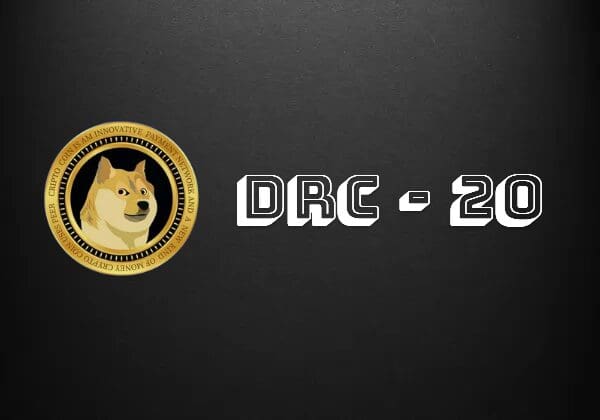
The introduction of DRC-20 tokens has started a revolution in the rapidly developing crypto environment. The DRC-20 wave, which was developed specifically for the Dogecoin blockchain platform, is transforming the cryptocurrency market as it emerges as one of the most widely used token standards.
Users can create, manage, and trade DRC-20 tokens, just like other well-known token standards like ERC-20, which is widely used on the Ethereum network.
Also Read: A Guide to Creating an ERC-20 Token Without Coding
DRC-20 tokens’ compatibility with the Dogecoin wallet, which enables users to send and receive payments and engage with Dogecoin blockchain-based decentralized programs (dApps), is an added advantage that attracts an extensive user base to them.
Despite being in its early stages, the DRC-20 token standard has the potential to play a significant role in the Dogecoin ecosystem. Developers can create a broad variety of distinctive tokens that can be used to represent a variety of assets, such as virtual goods, services, and even votes.
Why are these ordinals coming into crypto?
The popularity of ordinal protocols is increasing as a result of the most recent token standards that are becoming available. Today, it has become clear that these protocols are crucial for the development and administration of tokens on blockchain platforms.
The developers are moving more and more toward these protocols as the advantages of ordinals gain attention. As a result, popular tokens like BRC-20 and DRC-20 were made using ordinals as the standard.
Also Read: Bitcoin Ordinals NFT Sold For $7 Million As The Market Grows Stronger
BRC 20 vs DRC 20: Key Differences
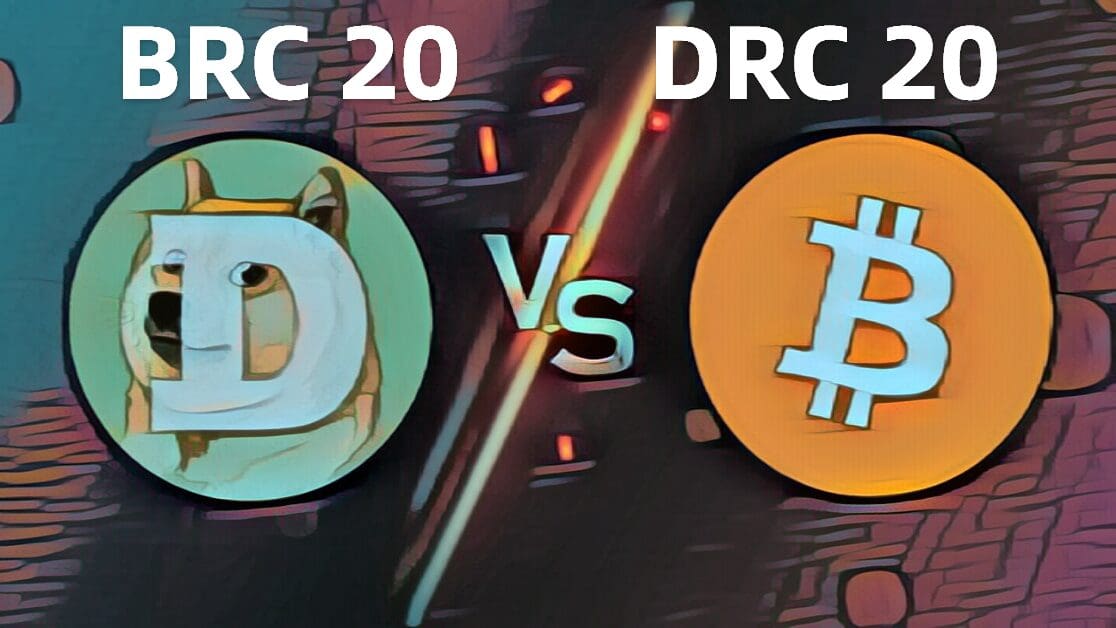
The crypto world has been talking about the BRC-20 and DRC-20 token standards, each of which has its own unique set of features. Although the doors to innovation have been opened by both token standards, there are several differences between them.
- Blockchain Platforms: DRC-20 runs on the Dogecoin blockchain, whereas BRC-20 is currently an experimental token standard that enables users to create and trade fungible tokens on the Bitcoin blockchain utilizing the Ordinals protocol. While the BRC-20 token standard is a relatively recent addition to the cryptocurrency world, Dogecoin has been around for a while and has generated a lot of hype thanks to the active support of the meme community and low transaction costs.
- Liquidity: In the crypto world, liquidity is a major concern for all investors. Every user seeks high liquidity because it makes it easy for them to buy or sell tokens. The advantage of having considerably more liquidity than DRC-20 tokens is the best thing about BRC-20 tokens.
- Smart Contracts deployment: DRC-20 tokens have been designed to function with the smart contract platform, but BRC-20 tokens are not EVM compatible and cannot support smart contracts, restricting the ecosystem and adoption while still offering top-notch security via Bitcoin’s PoW technique. However, DRC-20 supports smart contracts, which promote transparency and quick transaction times.
- Faster Transactions: Compared to BRC-20, DRC-20 offers faster transactions as its block time is only 3 seconds as compared to BRC-20’s block time of around 15 seconds.
- Security: DRC-20 is more secure than BRC-20 in terms of security. This is because BRC-20 uses the SHA-256 encryption approach whereas DRC-20 uses the Keccak-256 algorithm. Keccak-256 is considered more secure than SHA-256, making it more difficult to hack.

What’s better?
The most popular choices for developers are BRC-20 and DRC-20, which give them the ability to develop a vast array of decentralized applications and tokens. While BRC-20 is the older standard, it is not as scalable or secure as DRC-20. In contrast, DRC-20 seems to be a token standard designed to fix BRC-20’s drawbacks.
To summarize, we prefer DRC-20, which is a slightly more advanced token standard than BRC-20. For developers interested in developing tokens for the Dogecoin network, its scalability, security, and interoperability make it a more appealing alternative.
Conclusion
Last but not least, DRC-20 serves as one of the latest token standards on the Dogecoin Blockchain network that have started to win developers over with the benefits it offers. On the other hand, developers who value reliability and reliable options use BRC-20.
Overall, DRC-20 has the potential to be a key driver of the Dogecoin ecosystem’s explosive growth. Due to the fact that institutional investors are frequently more interested in safe and scalable assets, these token specifications may make Dogecoin a more desirable investment option.

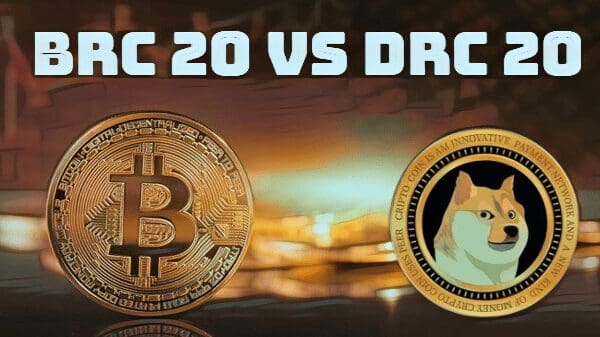




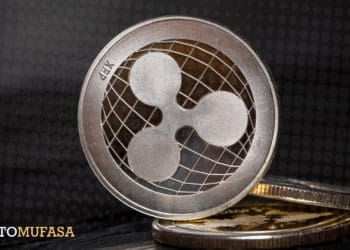
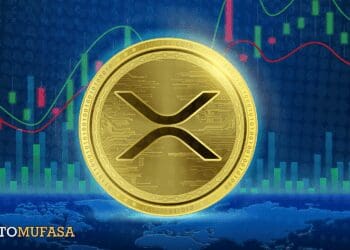
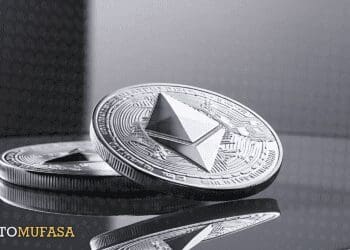
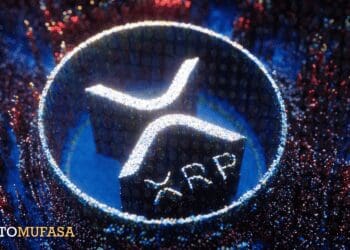

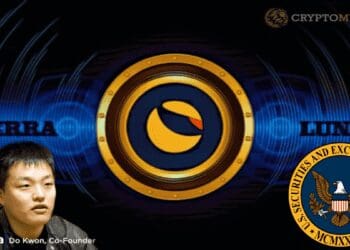

Discussion about this post